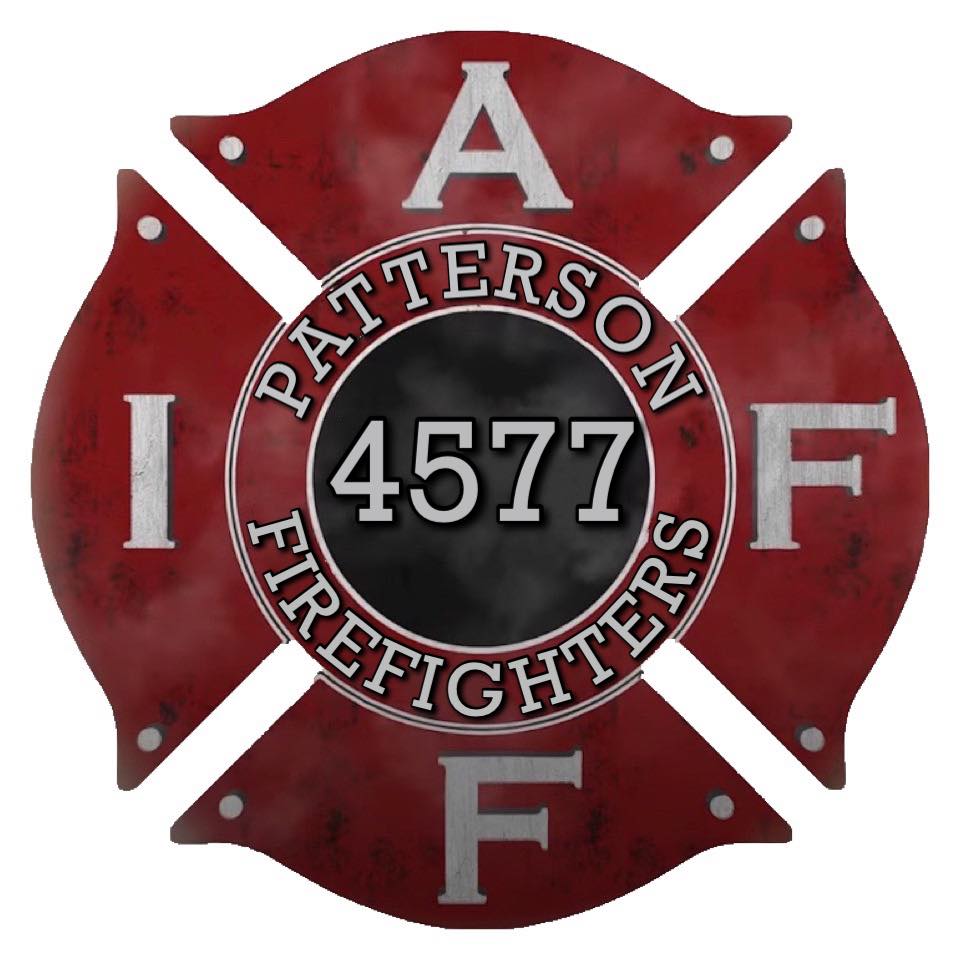In Part 3 we covered the different levels of care and in Part 4 we covered that occasionally there is not an ambulance within Patterson City limits for citizens in need. We will now cover the importance of ALS in Patterson and the best service delivery model as agreed upon by the City of Patterson and the IAFF Local 4577.
Reasons for an ALS delivery model for the Patterson Fire Department:
1. Patterson Fire is often first on scene to a medical call,
2. More medics on scene allows for more lifesaving interventions to be done simultaneously,
3. There are times when there are no transporting ambulances in town and there is an extended ambulance response time,
4. This program has already been proven useful by saving lives and reducing patient stress (early medical intervention).
In the Memorandum Of Understanding (MOU) between the City of Patterson and the IAFF Local 4577 there is a mutual agreement that:
1. There will be at least one Paramedic on each staffed apparatus in the City of Patterson,
2. The best staffing model is the Firefighter/Paramedic.
Why should the Paramedic be a Firefighter? Why not a Captain or an Engineer?
We covered the roles and responsibilities on the fire engine in Part 5. Keeping in mind the roles on the fire engine, a Captain must stay away from specific tasks for crew safety and scene management. The Engineer is a backup set of eyes on scene (second most senior person) and is there to assist the Firefighter, but should also be ready to assist the Captain if needed. This leaves the person with the least tasks on scene to dedicate 100% of their attention to the care and life saving interventions of the patient. On more emergent or serious calls we will send our Paramedic to the hospital with the ambulance. If the primary Paramedic on the engine is the Captain that crew no longer has a supervisor. If the primary Paramedic is the Engineer, now the Captain must fulfill all of their roles and operate the fire engine at the same time. While it is possible for the Captain or the Engineer to be the primary Paramedic when operationally needed, as a staffing model, the fire department should be committed to hiring enough Firefighter/Paramedics to staff each apparatus.
The Captain Paramedics and Engineer Paramedics receive compensation for being Paramedics, shouldn’t they be the primary Paramedic?
These Captain Paramedics and Engineer Paramedics often fill in when the Firefighter/Paramedic is sick, on vacation, or there is a vacancy from attrition. They are often working as the primary Paramedic to assist the fire department with staffing. When the operational need arises and a Firefighter/Paramedic is not available to work their assigned shift, they also step up and perform both roles. This should not be the staffing model, but when the occasional need arises, they are happy to do this for the department.
On more emergent calls, they step into action to assist with their Paramedic skills. On a CPR call it is helpful to have multiple Paramedics working together to create the best outcome for the patient. When possible, one Paramedic will be assigned to each of the following tasks: airway, IV and medicine delivery, and cardiac rhythm reading and shocking. None of these tasks can be performed by an EMT.
When your loved one or yourself is in need of medical care you deserve to have the best possible outcome. To ensure this, the best staffing model is a Firefighter/Paramedic on the responding apparatus.
Continue to Part 7: Patterson Growth – Meeting the Needs of the Citizens

Comments are closed